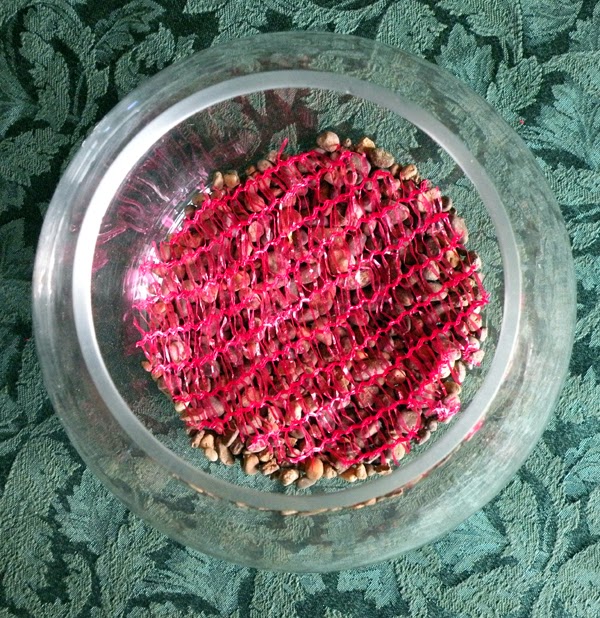Seeds have arrived!
Lots of seeds. Heirloom, open-pollinated, non-GMO seeds.

A shining foil packet called a Survival Seed Bank, containing 30 different seed packs of healthy and nutritious vegetables and legumes. It's packaged in such a way that the seeds will keep for years, if need be.
I want to give my new seeds a try, so I'll be opening up the packets and planting a few of each this year. If they grow well and I like them, I will order up another pack to squirrel away somewhere.
Why heirloom seeds?
- Better flavor
- Better nutrition
- Open-pollinated (will stay "true" for generations)
- Less uniform; they don't all ripen at once
- Less expensive (free, if you save your own seeds!)
- They have colorful histories
With any luck, my kitchen counter will look like this again by August 2015.
For more information on heirlooms and seed-saving and why they are so important, visit Seed Savers Exchange, a nonprofit organization whose goal is "to conserve and promote America's culturally diverse but
endangered garden and food crop heritage for future generations by
collecting, growing, and sharing heirloom seeds and plants."



































